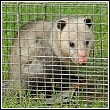The Disadvantages Of Using Live Traps
Live Trap Hazards & Considerations
One of the first things people want to do when they discover they have a wildlife problem is trap the animal, destroy or relocate it and then patch up the damage. However, there are several disadvantages to this kind of do it yourself trapping. For starters, it only offers a temporary solution.
For instance, with trapping - whether you do it yourself or a professional pest control company does it - simply removing the critter will just make room for new wildlife to move into the vacated territory, and you will soon have a new hole in your building and a new problem on your hands. Consequently, trapping will likely end up costing you more money than if you had done it the right way, the humane way, from the very start.
Another problem with do it yourself trapping, is that so called, supposedly humane "live traps" can actually injure and harm the animal - causing them a great deal of pain, suffering and distress
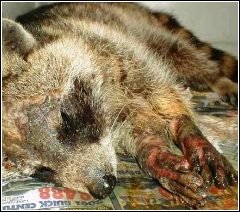
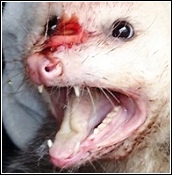
In addition to that, in most states it is illegal to do the trapping portion on your own, even with a hunting license. Laws from state to state will vary, but most have some rules, and they are sometimes difficult to find and you may be quite surprised to discover which critters you cannot trap. It's true that stores will sell traps just the same, but they will not be the one to tell you that you cannot legally trap your own critters or wildlife.
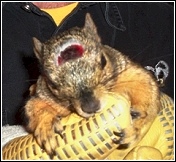
From Humane Live Trap
It is interesting how improper trapping and relocation can make our job difficult at times. When improper do it yourself trapping methods are tried and failed that animal is now more cautious and much smarter.
Even when the trapping process is apparently successful the relocation process can be problematic for the area to which it is relocated and/or to the wild animal itself. The animal may cause havoc for those residing in the new area, upset the balance of that environment, or it simply may be unable to cope with it's new location.
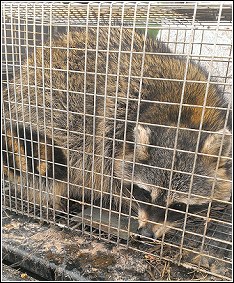
Do it yourself wildlife removal often kills baby animals. Baby animals like those shown below are often left behind in attics when trapping is used as a wildlife removal method, especially with squirrels and raccoons.
Note how small these baby squirrels are. Rest assured, they will smell a lot longer than you realize and if they are in a wall or tough to get to place, holes will need to be cut to remove them. Often times, young raccoons will roam all over the house and die in five different areas, mandating a lot of holes being cut to remove all the dead babies.
Baby animals can be hard to locate, so before we do repairs, we use our own special methods to manipulate the mothers into moving their young out of your attic so the babies won't inadvertently get left behind.
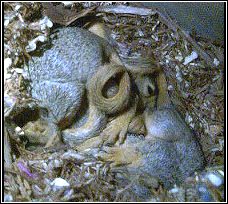
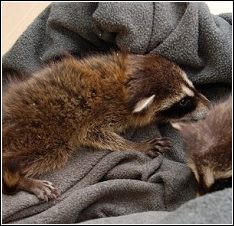
Another hazard presented by both Do It Yourself and professional wildlife traps is the danger they present to children and household pets. Both of which let curiosity get the best of them sometimes.
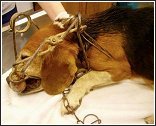
When it comes to trapping, somebody will lose. Wildlife control is better left to trained Wildlife Management Professionals who utilize proven methods to keep animals out. The Wildlife Whisperer knows how to eliminate your wildlife issues with methods that are humane, long lasting and cost effective.
1242 SW Pine Island Rd., Suite 310
Cape Coral, Florida 33991-2126
help@totalwildlifecontrol.com





